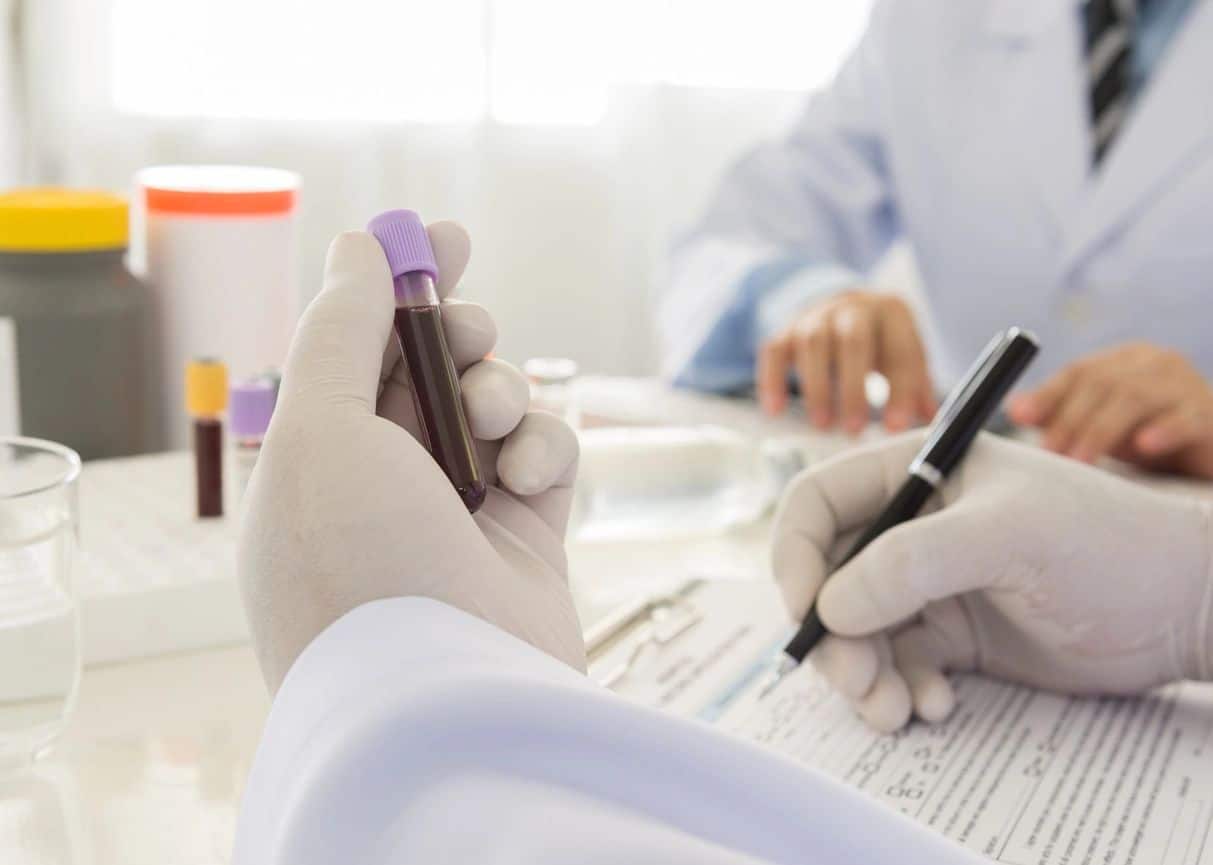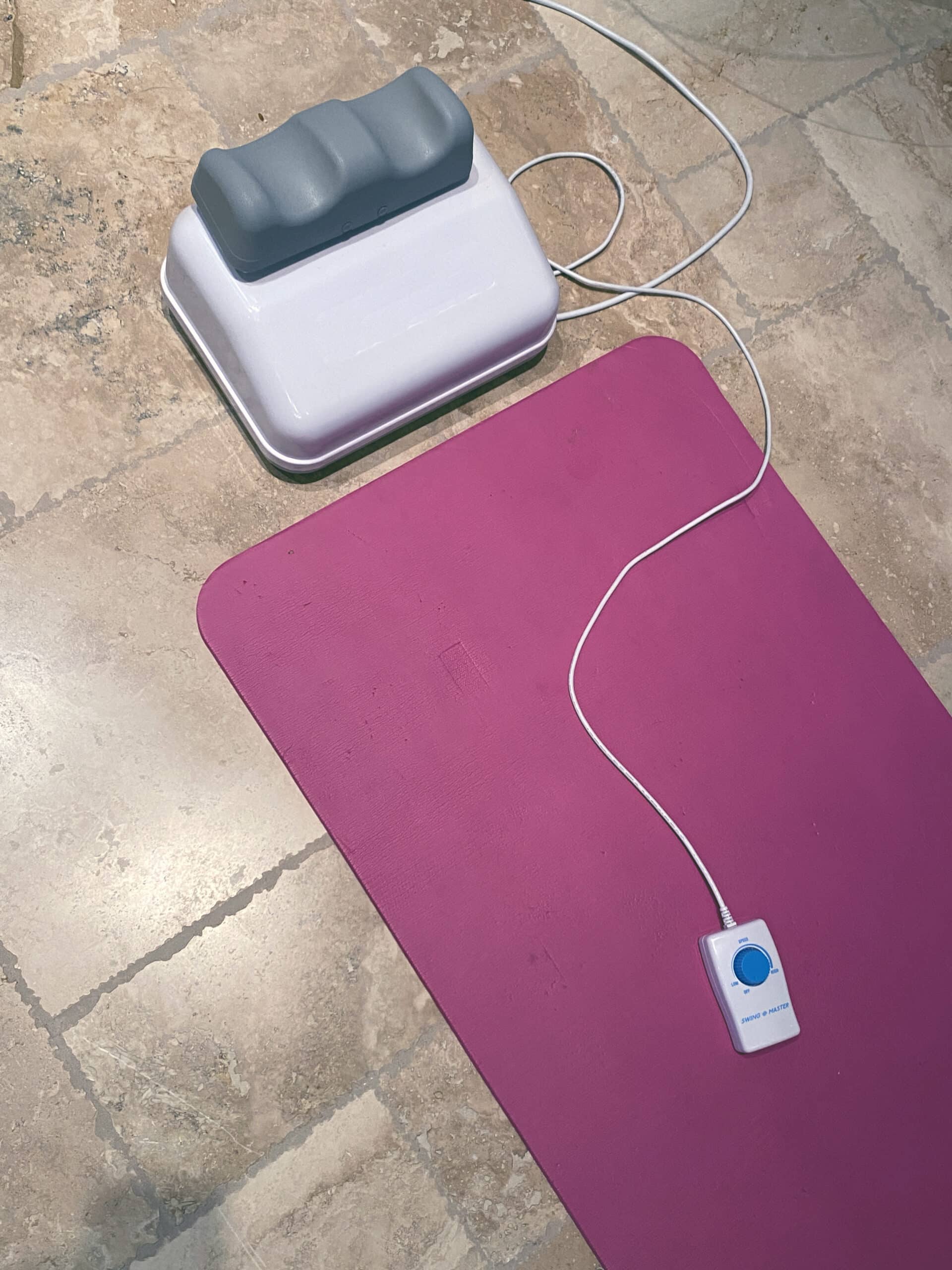When you turn on the faucet, you likely don’t give much thought to the water flowing out. After all, tap water is regulated and treated before it reaches your home, so it’s generally considered safe to drink and use. However, what many of us don’t realize is that the water we bathe in can also expose us to harmful chemicals and toxins that are absorbed through our skin and inhaled in the form of steam. In this blog, we’ll explore how your body absorbs chemicals and toxins from tap water during a bath, the potential health risks, and steps you can take to protect yourself and your family.

How Chemicals and Toxins Enter Your Body During a Bath
When you bathe in tap water, your skin is directly exposed to whatever chemicals and contaminants are present in the water. Unlike drinking water, where the body processes contaminants primarily through ingestion, bath water is absorbed by the skin and can enter the bloodstream. The skin is the body’s largest organ, and it’s surprisingly porous, meaning that it can absorb substances that come into contact with it.
Additionally, the steam produced in hot baths or showers can carry volatile chemicals into the air, where they can be inhaled, further contributing to exposure. This combination of dermal absorption and inhalation makes bath water a significant route for toxins to enter the body.
Common Chemicals and Toxins Found in Tap Water
Several potentially harmful chemicals and toxins can be present in tap water, depending on where you live and the quality of your local water supply. Some of the most concerning substances that can be absorbed during a bath include:
- Chlorine and Chloramine: Chlorine is commonly added to drinking water as a disinfectant to kill bacteria and other pathogens. While it effectively sterilizes the water, chlorine can be harsh on your skin, stripping away natural oils and causing dryness or irritation. When you take a hot bath or shower, chlorine can vaporize into steam and be inhaled, potentially irritating your lungs and airways.
Chloramine, a compound created by combining chlorine and ammonia, is often used in water systems as a secondary disinfectant. While it is considered less harsh than chlorine, it can still pose skin and respiratory risks, especially when inhaled in the form of steam. - Heavy Metals: Heavy metals like lead, mercury, and cadmium are sometimes found in tap water, particularly in areas with aging plumbing or contamination from industrial activities. These metals can accumulate in the body over time, potentially leading to serious health issues like neurological damage, kidney problems, and developmental issues in children. When exposed to these metals through bath water, your skin can absorb them, and they can accumulate in your body.
- Pharmaceuticals and Personal Care Products: Pharmaceuticals, hormone disruptors, and chemicals from personal care products (such as lotions, shampoos, and soaps) can make their way into the water supply. These contaminants can come from wastewater, runoff, or improper disposal of chemicals. Though the concentrations are typically low, they may still be enough to cause health problems over time, especially with prolonged exposure.
- Fluoride: Many municipalities add fluoride to public water supplies to help reduce tooth decay. While fluoride is generally considered safe at low concentrations when ingested, the potential risks of long-term exposure through skin absorption are less clear. Some studies suggest that excessive fluoride exposure may contribute to skin irritation and other health concerns, though the evidence is still debated.
- Pesticides and Herbicides: Pesticides and herbicides used in agriculture can contaminate nearby water sources. These chemicals, which are designed to kill pests, can have harmful effects on human health. Long-term exposure to these substances has been linked to a variety of health problems, including cancer, hormone disruption, and developmental issues in children.
- Volatile Organic Compounds (VOCs): VOCs are chemicals that are found in many household products such as paints, cleaning supplies, and solvents. They can also be present in tap water, especially near industrial areas. VOCs can be absorbed through the skin or inhaled as vapors during a hot bath or shower. Prolonged exposure to these chemicals has been linked to respiratory problems, headaches, and even cancer.
Health Risks of Absorbing Chemicals from Tap Water
While occasional exposure to these chemicals may not result in immediate health effects, prolonged exposure can pose a number of risks. Here are some potential health issues associated with absorbing toxins from bath water:
- Skin Irritation and Dryness: Many chemicals in tap water, like chlorine and chloramine, can strip away your skin’s natural oils, leading to dryness, irritation, and itching. This is particularly concerning for individuals with sensitive skin or conditions like eczema and psoriasis.
- Respiratory Issues: The inhalation of steam containing chlorine, chloramine, or VOCs can irritate the lungs and airways, especially for people with asthma or other respiratory conditions. Inhalation of chlorinated compounds has been linked to an increased risk of respiratory illnesses, including asthma and bronchitis.
- Endocrine Disruption: Some chemicals found in tap water, such as certain pesticides and pharmaceutical residues, can disrupt the endocrine system. This can lead to hormone imbalances that affect everything from reproduction to metabolism and growth. For example, some studies suggest that exposure to endocrine-disrupting chemicals (EDCs) may contribute to fertility issues, early puberty, and other health concerns.
- Neurological and Developmental Effects: Heavy metals like lead and mercury, as well as certain chemicals used in water treatment, have been associated with neurological damage, particularly in children. Long-term exposure to lead can cause developmental delays, cognitive impairments, and behavioral problems. Even low levels of exposure can have a cumulative effect over time.
- Cancer Risk: Some chemicals found in tap water, including certain VOCs and disinfection byproducts like trihalomethanes (THMs), have been linked to an increased risk of cancer, especially with long-term exposure. Studies have shown that people who consume or bathe in water containing high levels of these chemicals may have a higher risk of developing bladder and colorectal cancer.
Conclusion
While tap water is generally safe for drinking, the chemicals and toxins that can be absorbed during a bath pose hidden risks to your health. Whether it’s chlorine, heavy metals, or volatile organic compounds, these substances can enter your body through your skin or lungs, leading to various short-term and long-term health concerns.
By taking proactive steps to filter your bath water, reduce your exposure to harmful chemicals, and educate yourself about water safety, you can minimize the risks associated with bathing in contaminated water. Protecting your skin, respiratory system, and overall health starts with being aware of the hidden dangers in your everyday environment—and taking action to safeguard your well-being.






